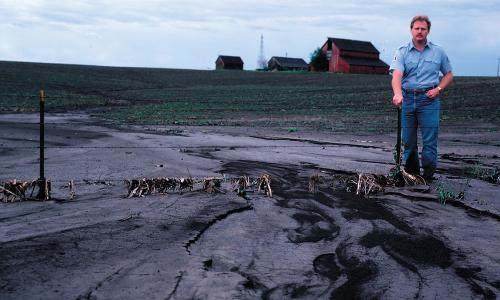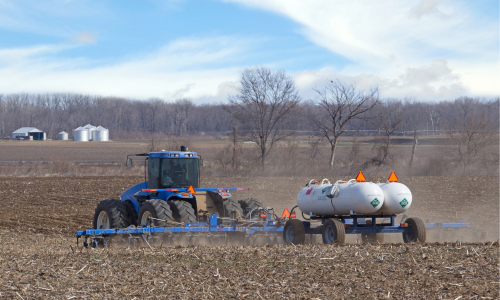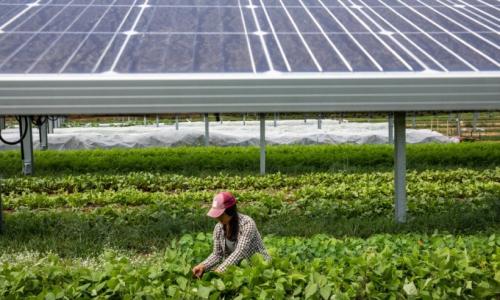Soil forms the foundation of our farm and food systems and is just as important to our well-being as breathable air and clean water. When farm fields are made vulnerable through practices such as repeated tillage or leaving soils bare and unprotected, wind and water carry soil away faster than new soil can form. This constitutes the process of erosion.
Although erosion rates have slowed since the US Department of Agriculture (USDA) began estimating them in the 1980s, soil loss from the nation’s farms is still unsustainable. Every year, US croplands lose at least twice as much soil to erosion as the Great Plains are estimated to have lost annually during the peak of the Dust Bowl.
In this study, we explored the potential for soil erosion nationally through the end of this century if today’s trends prevail. Using current USDA estimates, we found that US croplands will lose an additional 28 billion tons of soil by 2035 and 148 billion tons by 2100—about 300 years' worth at the rate soil naturally forms. Even more soil would be lost if erosion rates reverted to the higher levels of previous decades.
To avoid such losses and create more resilient farm and food systems, government policies must support farmers in adopting proven methods of conserving and rebuilding soil.




